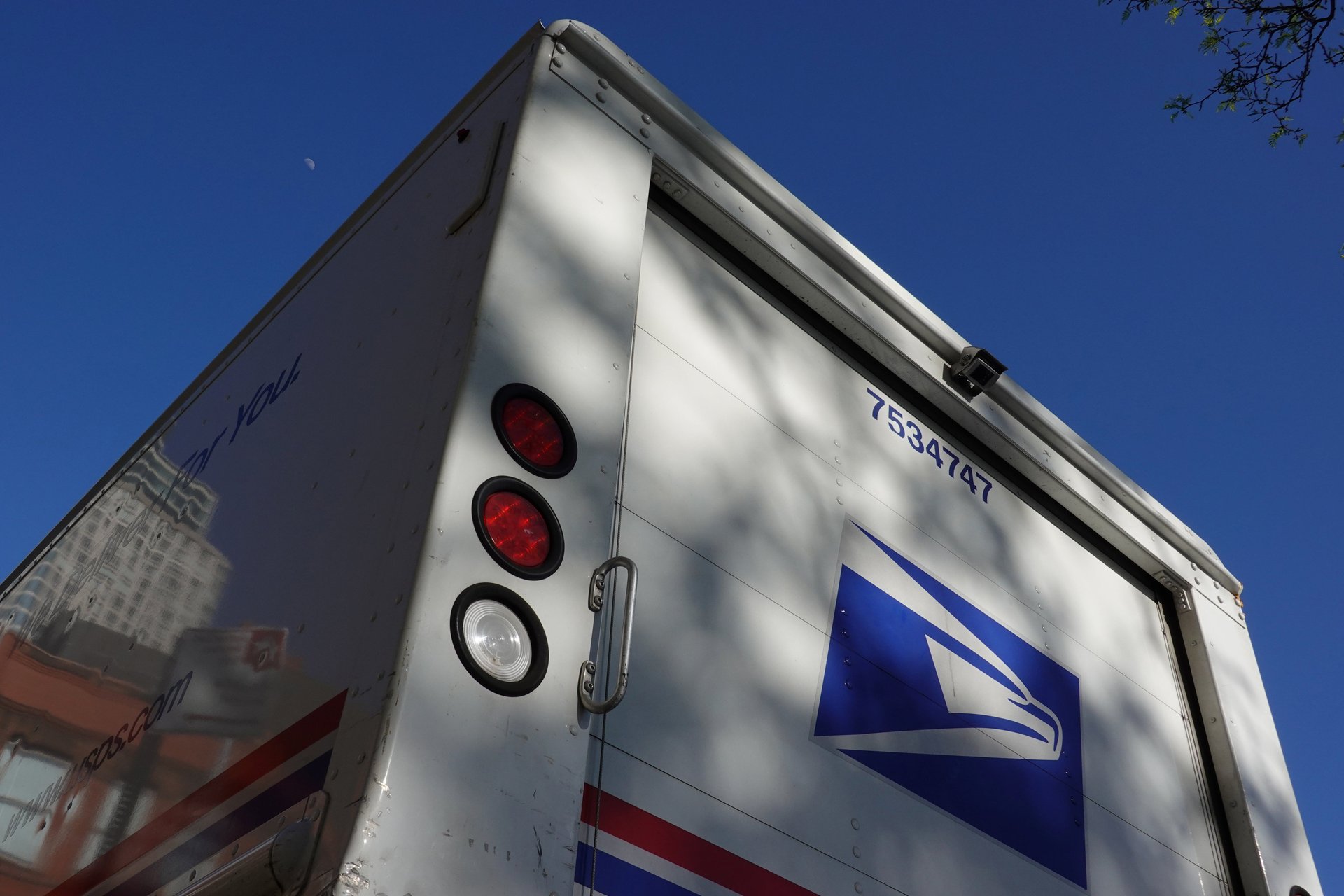Electrifying the US postal fleet was always a no-brainer
The new USPS plan for EVs will be almost like shutting down a gas-fired power plant every year.

The US Postal Service will electrify about one-third of the vehicles in its delivery fleet by 2028, the agency announced on Dec. 20. The switch to electric vehicles (EVs) is a low-hanging win for the fight against climate change that will save the government money, reduce air pollution, and make a significant dent in greenhouse gas emissions.
Suggested Reading
Postal fleets are a perfect candidate for EVs. They run predictable routes, making it easy to situate charging stations and schedule charging times. They brake frequently, allowing batteries to stay charged longer via regenerative braking. A March 2022 analysis by the USPS concluded that 99% of the service’s routes are shorter than 70 miles, which is just about the distance the prospective EV postal truck can travel on one battery charge.
Related Content
How many emissions will the USPS EVs save?
The USPS presents a big, simple target for the federal government to flex climate-savvy purchasing power—almost $10 billion in total, including $3 billion earmarked by the recent Inflation Reduction Act.
Given that about half of the fleet was due to be replaced either way, and that postal trucks last about 20 years and are notoriously fuel-inefficient, buying new gas-fueled vehicles would have locked in a lot of needless carbon emissions. According to data from a study in August by the University of Michigan, replacing one-third of the USPS fleet with EVs will save about 6.4 million metric tons of CO2 over the vehicles’ lifetime, slightly less than what would be saved by closing one natural gas-fired power plant every year for two decades, according to federal data.
EVs will also cut government spending on gasoline, with lifetime operating costs about 11% lower than conventional vehicles, according to the USPS analysis, breaking even on the higher upfront cost of EVs after about seven years. As more of the existing fleet ages out, and the cost of EV batteries falls, it seems likely this will be only the first of many EV purchase orders for USPS—in the announcement, the agency said it researching what it would take to convert the entire fleet.